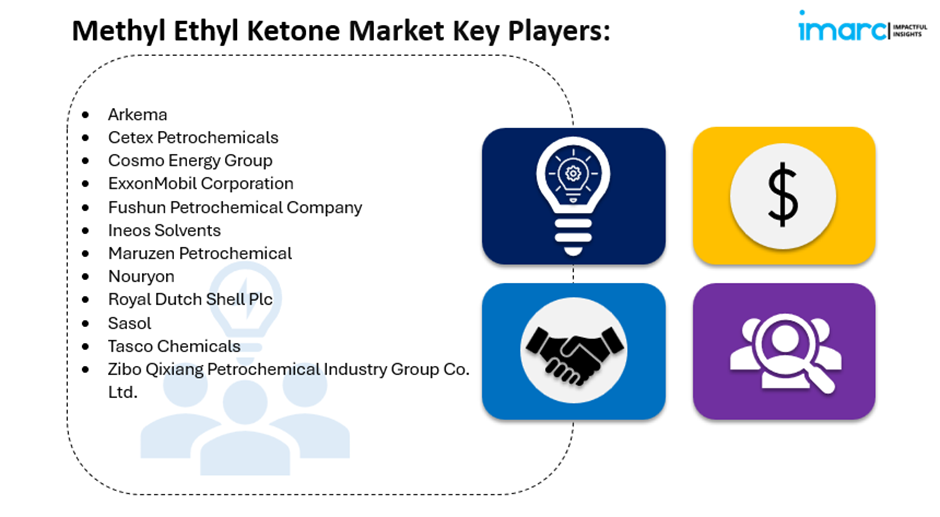 Launch apps instantly. Claim $200 credits on DigitalOcean for free!
Launch apps instantly. Claim $200 credits on DigitalOcean for free!
The Essential Guide to Executive Protection: Safeguarding Leaders in a Complex World
Written by Panopticsolutions » Updated on: November 19th, 2024
The safety and security of well-known people have become a priority in the fast-changing global scene of today. Leaders negotiate the complexity of their positions and run many different dangers that call for thorough protective actions. Here is where executive protection becomes useful since it provides a strong and aggressive means of defending people most at risk. Executive protection guarantees that leaders can concentrate on their duties free from continuous anxiety about dangers when combined with business security plans.

Understanding Executive Safety
Executive protection is the security precautions meant to guarantee the safety of dignitaries, celebrities, executives, and other high-profile people. Executive protection stresses prevention rather than reactive responses to events, as traditional security services could stress. It entails a painstaking process of risk analysis, preparation, and execution to reduce possible hazards before they become evident.
The essence of executive protection is its capacity to fit every client's particular requirements. This calls for a thorough awareness of the personal lifestyle, workplace, and particular hazards the person may encounter. A CEO who travels abroad regularly, for instance, will have different protection requirements than a well-known political person attending public events. Ensuring the effectiveness and subtlety of the preventive actions depends on customizing.
Essential Elements of Threat Analysis and Executive Protection Risk Assessment
Executive protection's cornerstone is a careful risk analysis. This entails seeing possible hazards, assessing their probability of materializing, and figuring out how they might affect the person. The study takes into account a broad spectrum of elements, including personal profile, public awareness, and any recent events suggesting a higher risk.
Examining the daily activities, travel schedule and public appearances of the person also falls under threat analysis. This helps the protection crew to foresee any weaknesses and create plans to minimize them. By proactive risk management, one hopes to keep one step ahead of possible hazards.
Advanced Scheduling and Logistics
Good executive protection calls for both careful preparation and close attention to detail. This covers organizing trip plans, guaranteeing routes of transportation, and verifying the safety of every place the person will visit. Advance teams are often sent to create safe perimeters, evaluate security flaws, and do site reconnaissance.
Working closely with local law enforcement and other security organizations also helps to guarantee a coordinated approach to protection during the planning stage. When someone is visiting foreign or high-risk locations, this cooperation is especially crucial.
Personal Safety and Close Protection
The close protection team, a group of extremely skilled security experts in charge of personal safety, is the foundation of executive protection. Among the many areas these agents are adept in are defensive driving, first aid, and combat methods. Their main responsibility is to stop events before they start, but they also are ready to react quickly and forcefully should an emergency strike.
Close protection teams have to find a careful balance between being always ready to respond at a moment's notice and keeping a covert presence. Usually invisible, the finest protection lets the person go about their business without feeling continually watched over.
Disaster Management and Emergency Reaction
Although preventing crises is the main objective of executive protection, equally crucial is being ready for an emergency. An essential component of the protection plan, crisis management strategies define the actions to be followed in case of an incident. This includes coordination with emergency services, protocols of communication, and evacuation processes.
The protection team has to be calm and concentrated in a crisis so that it may make fast judgments guaranteeing personal safety. One of the main traits of good executive protection is the capacity to change fast with the times.
Corporate Security's Place in Executive Protection
For well-known people, their whole protection plan depends much on corporate security. Corporate security addresses the larger security demands of the whole company whereas executive protection concentrates on the safety of certain people. This includes safeguarding the company's reputation, sensitive data, and tangible resources.
A complete security framework depends on the integration of corporate security with executive protection. Protecting the CEO of a corporation, for instance, entails not just their physical safety but also their digital presence and guarantees of confidentiality information not being leaked. To handle all possible hazards, the executive protection team and the corporate security department must closely cooperate.

Cybersecurity and Information Safety Threats
Corporate security in the digital environment of today has to also handle the rising danger of cyberattacks. Hackers looking to get private data or cause activities to be disrupted sometimes target well-known people. Working closely with IT security professionals, executive protection teams apply strong cybersecurity policies including encrypted devices, secure communication channels, and frequent monitoring for unusual activities.
Travelling is especially crucial for information security since CEOs might be more susceptible to cyberattacks. In the digital era, executive protection mostly depends on making sure all devices are secure and that communication is channelled via safe paths.
Maintaining Company Image
One of the most important assets of a company is its reputation, hence corporate security is quite important in preserving it. The public image of a corporation may be greatly changed by high-profile events involving leadership. Executive protection teams thus also have to be aware of the possible damage to reputation connected to their activities.
For instance, public opinion might change depending on how an executive is treated during public events. While a well-coordinated and covert approach can improve the executive's image, a too forceful or intrusive security presence may be seen unfavourably. Executive protection depends critically on juggling security needs with the public persona.
Executive Protection's Future:
The discipline of executive protection will change along with the world. The future of this essential service will be shaped by developments in technology, variations in world travel patterns, and the growing complexity of hazards. Using artificial intelligence and data analytics to improve risk assessment and threat identification is one such trend. These instruments can enable protection teams to better react and more precisely foresee possible hazards.
Still, another trend is the increasing focus on overall wellness. Executive protection is becoming more and more important in view as a component of a more comprehensive strategy for the welfare of well-known people. For people in leadership roles, this covers not just physical safety but also mental and emotional assistance since stress and anxiety can be major determinants of their situation.

Conclusion
Modern security plans depend critically on executive protection, which guarantees the safety and well-being of famous people in a complicated and often changing environment. Executive protection teams can build a complete framework addressing all possible risks—from physical threats to cyberattacks—by combining them with corporate security. Effective executive protection will always depend most on flexibility, proactive planning, and teamwork as the profession develops.
Disclaimer:
We do not claim ownership of any content, links or images featured on this post unless explicitly stated. If you believe any content or images infringes on your copyright, please contact us immediately for removal ([email protected]). Please note that content published under our account may be sponsored or contributed by guest authors. We assume no responsibility for the accuracy or originality of such content. We hold no responsibilty of content and images published as ours is a publishers platform. Mail us for any query and we will remove that content/image immediately.
Copyright © 2024 IndiBlogHub.com. Hosted on Digital Ocean

